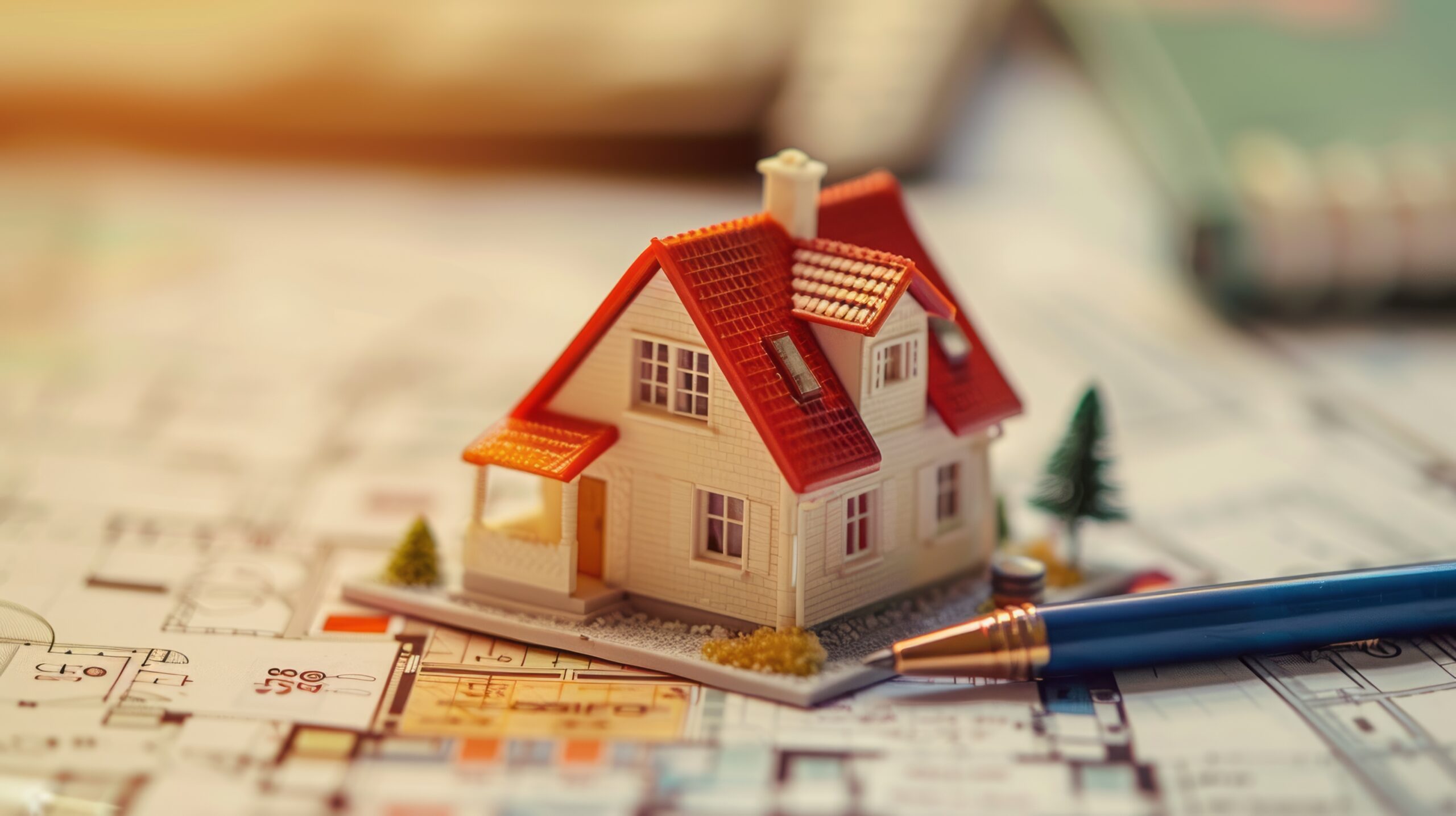20Shift: Your Daily Dose of Insight
Stay updated with the latest trends and news across various domains.
Home Loans and Heartbeats: The Real Cost of Your Dream Nest
Discover the hidden costs of your dream home and how to budget for heartbeats and home loans. Your dream nest awaits!
Understanding the True Cost of Home Loans: Beyond Interest Rates
While many homebuyers focus solely on interest rates when evaluating home loans, understanding the true cost of these loans goes far beyond that single factor. It's essential to consider additional expenses that can significantly impact your overall financial commitment. For example, fees such as closing costs, mortgage insurance, and property taxes can add hundreds to thousands of dollars to the purchase price of a home. Ignoring these elements may lead to an unrealistic view of your financial obligations and might result in unexpected challenges.
Moreover, the loan term plays a crucial role in determining the total cost of borrowing. A 30-year mortgage may offer lower monthly payments, but it often results in paying substantially more in interest over the life of the loan compared to a 15-year mortgage. Potential homeowners should also factor in their credit score, as it can influence both the interest rate and additional fees. By comprehensively assessing these elements, buyers can make more informed decisions, ensuring they understand the true cost of home loans beyond just the interest rates.

How Your Dream Home Affects Your Financial Health
The concept of your dream home goes beyond mere aesthetics and comfort; it significantly impacts your overall financial health. When you invest in a property that resonates with your desires and lifestyle, you are not only creating a sanctuary for yourself but also choosing an asset that can appreciate over time. However, it’s essential to consider various financial aspects, such as property taxes, maintenance costs, and potential renovations, which can influence your long-term financial stability. Proper planning around these expenses is crucial to maintain a healthy balance between enjoying your home and ensuring financial security.
Moreover, a dream home can shape your financial decisions and lifestyle choices. For instance, buying a home in a desirable neighborhood might mean higher upfront costs, but it can also lead to a better return on investment when the property value increases. Furthermore, living in a community with good schools and amenities can enhance your quality of life, making your home a vital investment in your family's future. As you navigate your financial health, it’s essential to weigh the benefits of owning your dream home against the potential financial burdens, ensuring that your investment supports your aspirations without compromising your economic well-being.
Is Your Dream Nest Worth It? Calculating the Long-Term Costs of Homeownership
When considering the question, Is Your Dream Nest Worth It?, it's essential to take a comprehensive look at the long-term costs of homeownership. While the initial purchase price is often the first figure that comes to mind, ongoing expenses such as property taxes, maintenance, and homeowners insurance can significantly impact your budget. According to estimates, homeowners should plan for these expenses to equate to about 1% to 2% of their home’s value annually for maintenance alone. Before making such a significant investment, prospective buyers should also factor in possible increases in property taxes and the cost of upgrades or renovations, which can add substantially to the overall financial picture.
In addition to direct costs, homeownership can lead to hidden expenses that many first-time buyers might overlook. Utilities and landscaping can fluctuate based on personal preferences and local climate, while homeowners association (HOA) fees can add another layer of financial commitment. It's wise to conduct a thorough budget analysis that includes variable costs and unexpected expenses, ensuring you have a well-rounded understanding of your financial landscape. Ultimately, the decision of whether your dream home is worth it should be based on an honest assessment of both the tangible and intangible aspects of homeownership, thus leading to a more informed and confident choice.